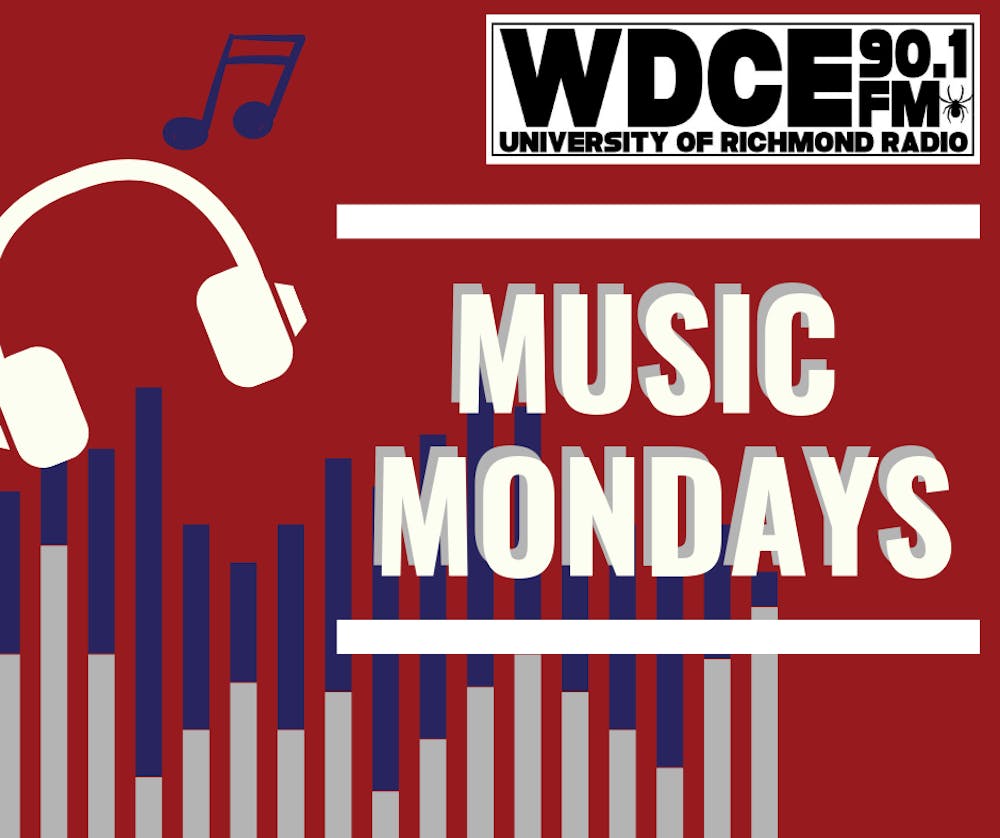This year marks the 50th anniversary of Marvin Gaye’s “What’s Going On.” Released in 1971, “What’s Going On” is Marvin Gaye’s 11th studio album and marks a reinvention for Gaye, from the Motown sound that initially made him popular to the soul and introspective lyrics that he is now so well known for. With seamless transitions described as a “song cycle,” “What’s Going On” is characterized by its psychedelic soul, smooth jazz and funky arrangements that would later give rise to the subgenre's quiet storm and neo-soul.
Following the success of hit singles, “I Heard It Through The Grapevine” and “Too Busy Thinking About My Baby,” Gaye felt unworthy of the success he received and felt like a puppet to Motown Records and his wife. He felt alienated from his artwork, only making hits and music for the record company. His wife, Anne Gordy, was the older sister of the executive producer of Motown Records, Benny Gordy. In response, Gaye felt the need to do something of his own accord.
“What’s Going On” is not only a protest album in reaction to the instability of the time but also a protest to the Motown sound that he had previously been defined by. Partially in reaction to letters sent with his brother who was fighting in Vietnam, acts of police brutality and violence towards anti-war protesters, and the 1965 Watts riots, Gaye writes about the instability so prevalent at the time. In “What’s Going On,” Gaye covers issues including soldiers returning home from war, drugs, god, poverty, ecological issues and for people to come together through all these perils.
In the opening title track, the album opens with several people asking, “what’s happening?” followed by a smooth saxophone riff played by Eli Fontaine. Originally written by Motown Records songwriter Al Cleveland in response to discussions with Renaldo “Obie” Benson — the founder of the Motown group the Four Tops — about an event of police brutality that led them to question more and more. Benson proposed the song to his fellow band members but they declined, citing that it was a protest song.
Benson then took the song to Gaye where Gaye would revise the song to his liking and make it his own. This song would serve as an inspiration and set the tone for the rest of the album.
In “What’s Happening Brother,” Gaye writes to his brother fighting in Vietnam in which he sings, “War is hell, when will it end? / When will people start gettin' together again? / Are things really gettin' better, like the newspaper said? / What else is new my friend? Besides what I read / Can't find no work, can't find no job, my friend / Money is tighter than it's ever been.” Although the album was released 50 years ago, I find myself resonating with many of the lyrics, especially as we currently experience life through the COVID-19 pandemic, a rise in political polarization and economic issues. I find solace not only knowing that the current events are not so dystopian but also in the fact that Gaye observed what was going on around him and turned to music to express his thoughts.
The following track, “Flyin’ High (In The Friendly Sky)” makes reference to Gaye’s substance abuse, mainly of marijuana, to escape the “awful pain” of the world he lives in. In addition, the song’s ambiance creates a spacious effect taking the listener on a trip to Gaye’s world while he is “flyin’ high.”
The song transitions effortlessly into “Save The Children,” which alludes to how children will be raised in a terrible, hopeless world. The beat switches to a more upbeat sound, but it is still juxtaposed with the hopeless lyrics about the world. This beat is followed into “God Is Love,” with lyrics like “Love your mother, she bore you / Love your father, he works for you / Love your sister, she's good to you / Love your brother, love your brother.” In this track, the beat and lyrics shift to a much more hopeful sound. The following track, “Mercy Mercy Me (The Ecology)” makes reference to the destruction of the environment, themes that were well before its time.
With the original album consisting of only nine songs and running only 30 minutes long, “What’s Going On” marks not only a transition for Marvin Gaye himself, but for the genre of Soul as the first soul concept album. Ranked number one on Rolling Stones top 500 albums of all time, “What’s Going On” is a timeless classic that encapsulates an entire era of political and social instability.
Contact contributor Daniel Saravia-Romero at daniel.saraviaromero@richmond.edu.
Enjoy what you're reading?
Signup for our newsletter
Support independent student media
You can make a tax-deductible donation by clicking the button below, which takes you to our secure PayPal account. The page is set up to receive contributions in whatever amount you designate. We look forward to using the money we raise to further our mission of providing honest and accurate information to students, faculty, staff, alumni and others in the general public.
Donate Now

